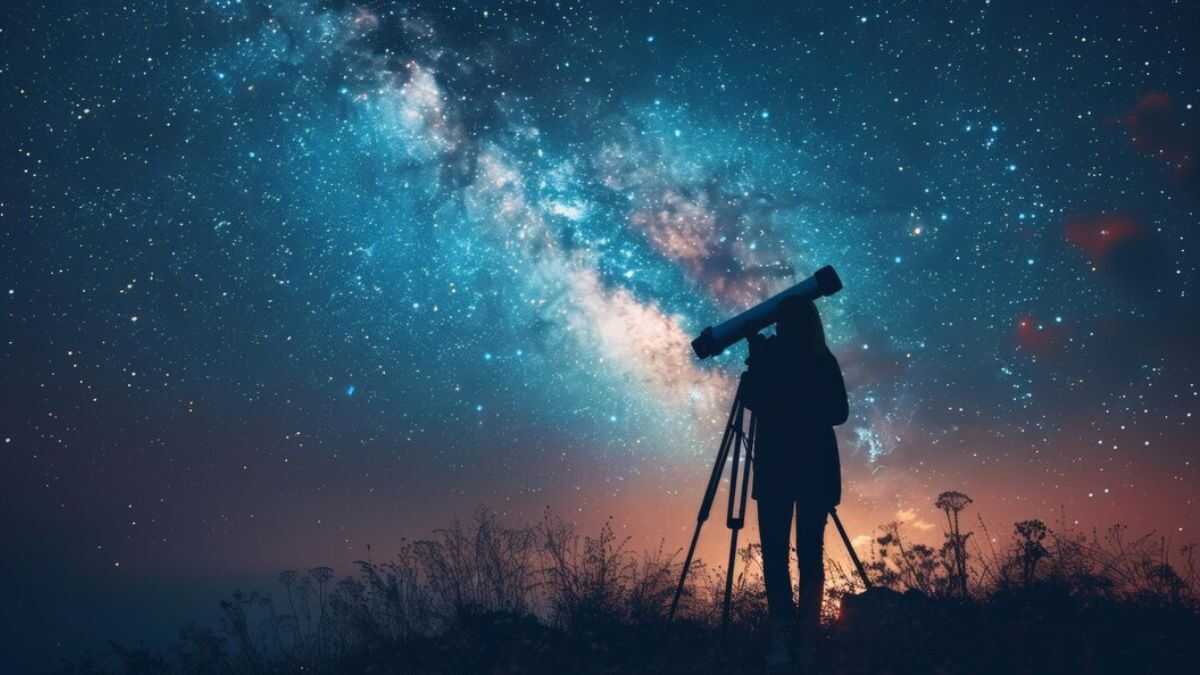New celestial objects and phenomena have the astronomers and space enthusiasts pleasingly transfixed. Stars-923 is one of the many latest interesting topics that have recently caught the attention of people. If not a well known cosmic term like supernovas or black holes this term is an important word in the field of astronomy. In this article, we will discuss Stars-923, learn its all characteristics and also discover what it would bring to our knowledge of the Universe.
Table of Contents
What is Stars-923?
Stars-923 (alleged celestial body) is a fictional group of celestial bodies assumed to constitute unto one already not identified class of stars. A specific star cluster or system with unique characteristics differentiating it from any other previously known stars, the term itself references this. The research on Stars-923 is just getting started, but initial observations suggest these stars might have a feature to their luminosity, size and composition that scientists haven’t seen in other stars.
This was discovered through deep-space observation using especially powerful telescopes and advanced analysis tools, which enabled astronomers to spot faint and distant objects that remain beyond the reach of normal technology. And these stars are thought to live in some remote region of the universe, increasing the mystery surrounding them.
Stars-923’s hallmarks
But the differences of Stars-923 are what makes them special from other members in the celestial bodies. Some of the key traits that define this class of stars include:
Luminosity
Some of the stars are much brighter than others in the same area, this is believed to have an unusual level of luminosity. The brilliance of these stars also varies; they could be bright when young in carbon composition, or when faraway, or even old on their way out. A few of these stars may be variable, i.e. stars whose brightness changes periodically as a result of internal or external causes.
Temperature and Color
Star’s 923 is no exception, and we went through the rest of them simply to confirm that temperature of stars does indeed matter, as it does with temperature ranging from 8,000K to 4,000K, or adding some elements into the mix. These stars may be colored in blues or reds, depending on their surface temperature, say the observations. That means hotter stars emit a blue or white light, while cooler stars are red or orange. The diversity of color suggests that Stars-923 may represent different stages in the stellar evolution process.
Mass and Size
It’s likely stars in the Stars-923 system all have wildly differing masses and sizes. Some stars might be giant in size, others might be small dwarf stars. The set of features described by this variation implies that Stars-923 could represent a star cluster, comprising stars of different types, with distinctive features.
Composition
Stars tell us about their composition, revealing what we can learn about their origins and life cycles. The stars are expected to have unusual chemistry that might include elements not generally found elsewhere in stars. It could also tell us these stars formed differently or in a different part of the universe, which makes them important targets for more study.
The Discovery of Stars-923
A stars-923 discovery is a result of years of meticulous observation and data analysis — it has been looking in the right place, with some of the most advanced telescopes in the world. The James Webb Space Telescope (JWST) has revolutionized astronomy by enabling scientists to see farther into space than ever before—and free of light pollution created by Earth’s atmosphere.
JWST was able to use infrared imaging to pick up faint light from Stars-923, which had been invisible until now because of how far away they are from Earth. Astronomers were able to see this distant star system a little more clearly because the telescope was able to cut through cosmic dust and gas.
Stars-923’s Role in Stellar Evolution
The potential of Stars-923 to reveal how stars themselves evolve is one of its most exciting elements. Clouds of gas and dust collapse and stars are born, they live and die, fusing their nuclear fuel and eventually becoming a white dwarf, neutron star or black hole. Studs recognize understanding the evolution of stars plays into the universe itself, and Stars-923 may hold some new insight into that process.
Formation of Stars-923
Why this came together remains a mystery, however astronomers believe it may be because these stars coalesced in a particularly dense area of space, where gravitational forces pulled gas and dust together to form new stars. The other possibility is that Stars-923 were the survivors of an ancient star cluster, stubbornly surviving the ravages of time and offering a view of the early history of the universe.
Lifecycle of Stars-923
The lifecycle of stars in the Stars-923 system is probably similar to the other stars and there are just a couple of important differences. These stars could be in the midst of their early development, fusing hydrogen to helium in their cores. Others may be dwindling down to the end of their nuclear fuel lives, cooling and shrinking. This system is rich in stars, with a broad range of stellar evolution ‘milestones’, and this is an ideal place to study these.
Its Effect on Astronomy
It could have wide implications for astronomy and what we believe we know about the universe. Here are a few potential impacts:
New Insights Into Star Formation
Astronomers may learn something new about how stars form in other parts of the universe by studying Stars-923.Their unusual characteristics imply that these stars may have formed in conditions unlike those for other star forming regions, including the Orion Nebula.
Stellar classification advances
According to its temperature, size, and luminosity, most stars are classified, but could this shake up some of the currently existing classification patterns? This system has the potential of discovering new types of stars that can help refine the Hertzsprung-Russell diagram, a scheme for cataloging stars according to their spectral characteristics.
Improved Models of Stellar Evolution
Astronomers might also use this to refine their models of stellar evolution. By observing the kinds of stars within this system and comparing them to other known stars, scientists might have a better idea of how stars behave in time.
Future of Stars-923 Research
Because more data is becoming available, It is destined to become a key scientific area of study in astronomy. Continued observations of this star system with ground based and space based telescopes will shed new light on this strange star system and scientists are already planning follow on missions to learn more of its properties.
A Collaborative Efforts in Astronomy
Astronomers around the world have shown interest in discovering Stars-923 and there are collaborative explorations between research institutions and space agencies. Scientists aim to solve the mysteries of this star system — and why it might matter — by pooling resources and expertise.
AI in Analyzing Data
The study of Stars-923 is no exception and artificial intelligence (AI) is becoming an increasingly important tool to analyze astronomical data. Astronomers are using AI to comb through data collected by telescopes in vast quantities to find patterns that might otherwise pass them by.This method was expected to speed up the discoveries in the field of astronomy.
Conclusion
The star-923 definitely represents an exciting new frontier of astronomy. And it’s an enigmatic star system with an impact on our understanding of the universe: from star formation, to stellar evolution and chemical composition of stars. Its discovery is only the first step en route to learning of completely new cosmic secrets and with the help of increasing tech and closer ties between the global scientific community, we are on the verge of uncovering new cosmic secrets. It may turn out to be a key to understanding the universe and its role for us.




